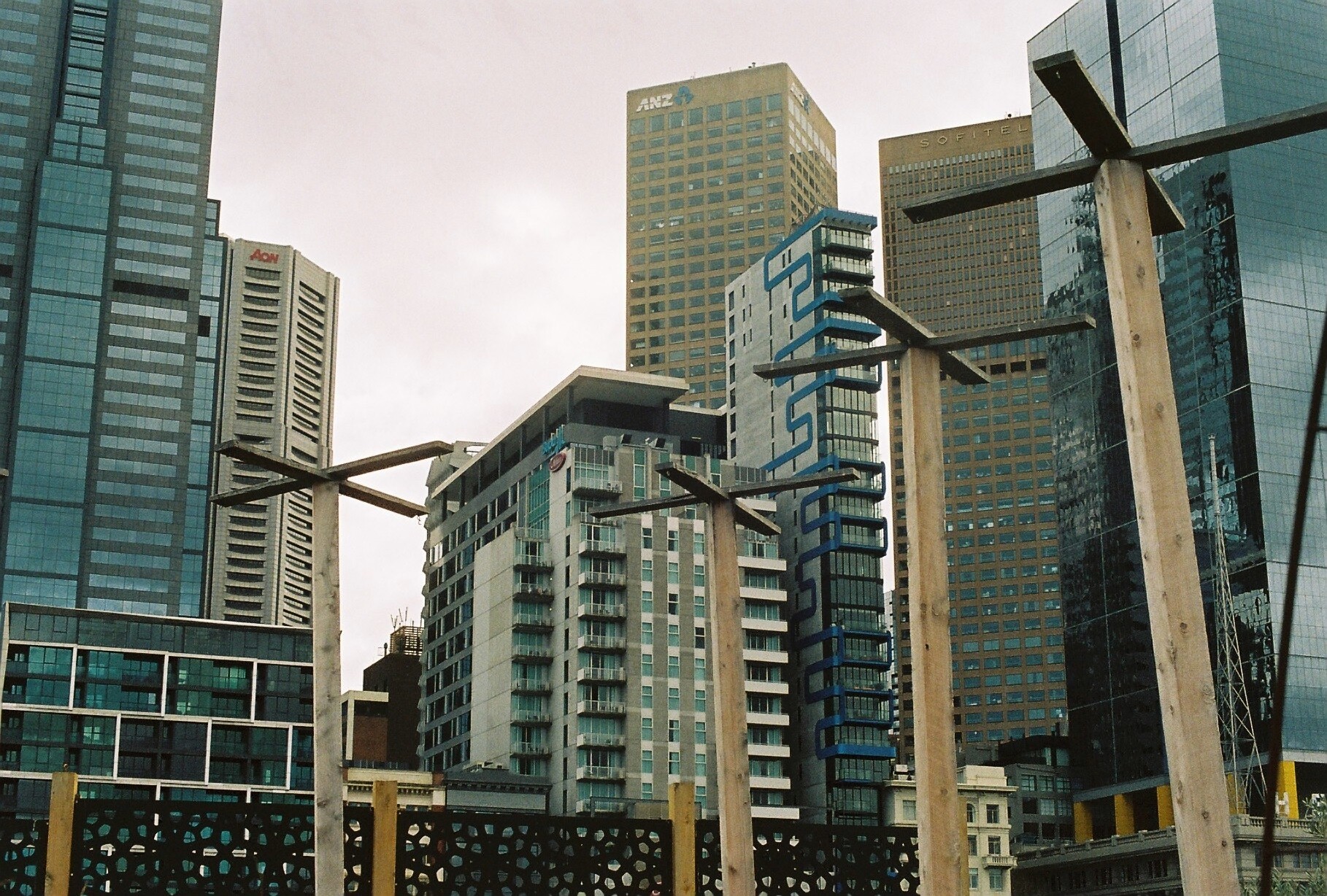Expose:
‘To make visible by uncovering it.
Cause someone to be vulnerable
Reveal the true
Make something embarrassing or damaging public’ (Google dictionary, 2015)
Along with exposure comes vulnerability.
Minimal clothing. Bare skin. Everyone is watching.
With vulnerability comes intimacy.
Minimal clothing. Bare skin. Private.
With exposed intimacy and vulnerability comes voyeurism.
Should I be watching? I want to watch. I am watching.
Exposed. Vulnerable. Intimate. Voyeuristic.
Obsession.
Through the exploration of the body, I have chosen to focus specifically on exposure. I wanted to place a particular emphasis on the feeling that comes along with exposure. This is my obsession. This piece tackles concepts such as vulnerability, intimacy, voyeurism as well as challenges the ongoing topic of place.
The first clip acts as an establishing shot of the four people (2 male& 2 female) in minimal clothing (one on each screen). I was inspired to choose two men and two women for piece by the text ‘Consciousness of the body: Private and public’ as it compares both male and female responses to body image, while tackling both the public and private. This text studies the response of self consciousness of the body. Reporting that men experience social anxieties surrounding their body considerably lower than women. Its interesting to compare this text to the outcome of my work as it is clear that the men’s response was much more relaxed than the women’s.
This piece explores exposure and intimacy through bare skin. Eight seconds of what should be private, in the public tackles the emotions that come with vulnerability. When capturing the footage, I chose to film for at least one minute to allow this anxiety of vulnerability to sink in. I wanted to capture self consciousness and the social anxieties that are clearly linked with exposure (Miller, L 1981) and then then pick the best 8 seconds of the footage.
The response I was hoping for from my audience was a sense of voyeurism, the feeling that they shouldn’t be watching but wanting to see more. This response of voyeurism is something that I present throughout all clips. As it tackles the notion of public and private space.
Exposure in a public space is not considered acceptable, especially in the heart of Melbourne city, it challenges the notion of what is considered acceptable for the public space that I will be exhibiting, SIGNAL.
In the second clip there is a shot of all 4 people interacting with the bucket of paint and allowing them to become familiar with it. Slowly dipping their hands in and lifting them up, allowing the audience to watch the paint drip through their fingers. Representing the need to cover up, but not yet being able to. It plays with an element of control while placing emphasis on the paint as the controller and carrier of the concepts I explore. Some let more paint drip others hold on more, for the hope of more or less coverage and once aware there is an obvious difference in the way the genders interact. This clip acts to support public body consciousness and suggests a heightened consciousness in women (Miller, L 1981).
The third clip consist of each individual covering their face and torso with paint. This further indulges the idea and response that comes with vulnerability. Once exposed especially in a public place the immediate response is to be covered. When filming I wanted to allow the individual to decide how to cover themselves as I feel this response by the individual will say a great deal about their vulnerabilities (e.g. how fast they cover themselves, where they decide to first cover, how much paint they use to cover). I felt by leaving some freedom within the guidelines of this assignment to the model I would be able to indulge into a less staged and more realistic response.
![]()
In the fourth clip I reverse the third clip. The audience is now able to watch the paint slowly be wiped back off the body, followed by flashing clips of fully exposed (no paint) and fully covered (with paint). The point of this being to challenge the notion of vulnerability that comes with exposure and intimacy. To challenge that initial feeling of voyeurism, and reconsider the boundaries of public/ private places and allow the audience to think deeper into these notions.
It also exposes the response to vulnerability while comparing exposure and coverage. It’s suggesting that coverage doesn’t change anything. Just as Brene Brown proposes in her Ted talk ‘The power of vulnerability’ vulnerability is necessary. Believing that our vulnerabilities are what makes us beautiful and real, because with or without hiding or covering up we are the same person.
The sound element for this piece is very important. I chose to focus on the response of social anxiety. Heavier breathing and increase in heart rate (Miller, L 1981).
I recorded the heart beat, breath and sighs of one of my models and edited it in a way that makes it feel as if it is filling up the body. I did this through adding reverb and echo and rather than playing parts of the sounds over the three-point sound system I chose to play the whole piece on all three sound outputs.
This only adds to the exploration of body. With both the sound piece and the four clips I explored and challenged. Its intention was to explore the concepts of exposure through vulnerability, intimacy, voyeurism and push the boundaries of public and private.
References
TED, (2010). The Power of Vulnerability. Available at: https://www.ted.com/talks/brene_brown_on_vulnerability?language=en
Miller, L., Murphy, R. and Buss, A. (1981). Consciousness of body: Private and public. Journal of Personality and Social Psychology, 41(2), pp.397-406.
Google Dictionary. (2015). In: Google, 1st ed. [online] Available at: https://www.google.com.au/webhp?sourceid=chrome-instant&ion=1&espv=2&ie=UTF-8#q=define+expose
